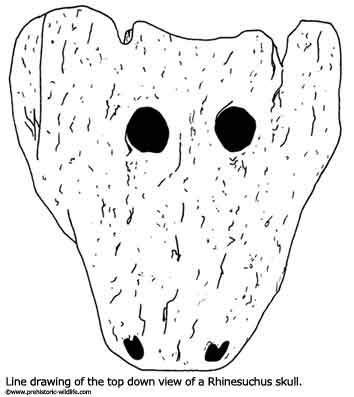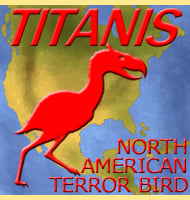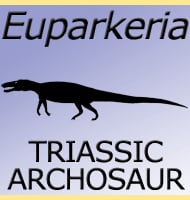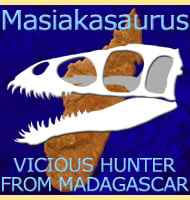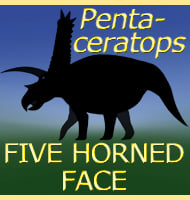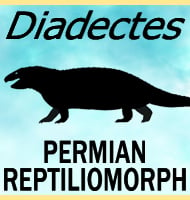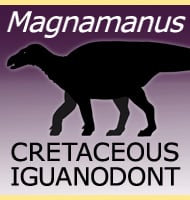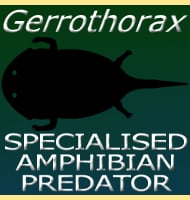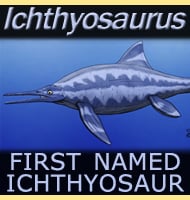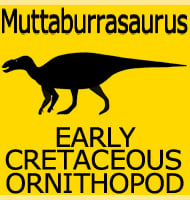In Depth
While not the last of the large carnivorous amphibians, Rhinesuchus existed at a time when the majority of the other species became extinct during the Permian-triassic extinction event. After this time the reptiles would become the dominant life forms until the KT extinction.
The skull on Rhinesuchus had a flat triangular shape with blunt snout similar to some of the other large amphibians and had a palate filled with small sharp teeth suggesting that it hunted fish. Also, the small eyes were on top of the head suggesting that it approached its prey from below.
It is a popular misconception that Rhinesuchus is named after the Rhine River in Europe, but Rhinesuchus actually gets its name from the Greek word for nose. Two more species, R. africanus and R. wadiai, are considered to be Nomen dubium, while others have been found to be other species. At the time of writing only R.broomianus and R. capensis are recognised.
Further Reading
Further reading- The Rhinesuchidae and early history of the Stereospondyli (Amphibia: Temnospondyli) at the end of the Palaeozoic. – Zoological Journal of the Linnean Society. – C. A. Mariscano, E. Latimer, B. Rubidge & R. M. H. Smith – 2017.
